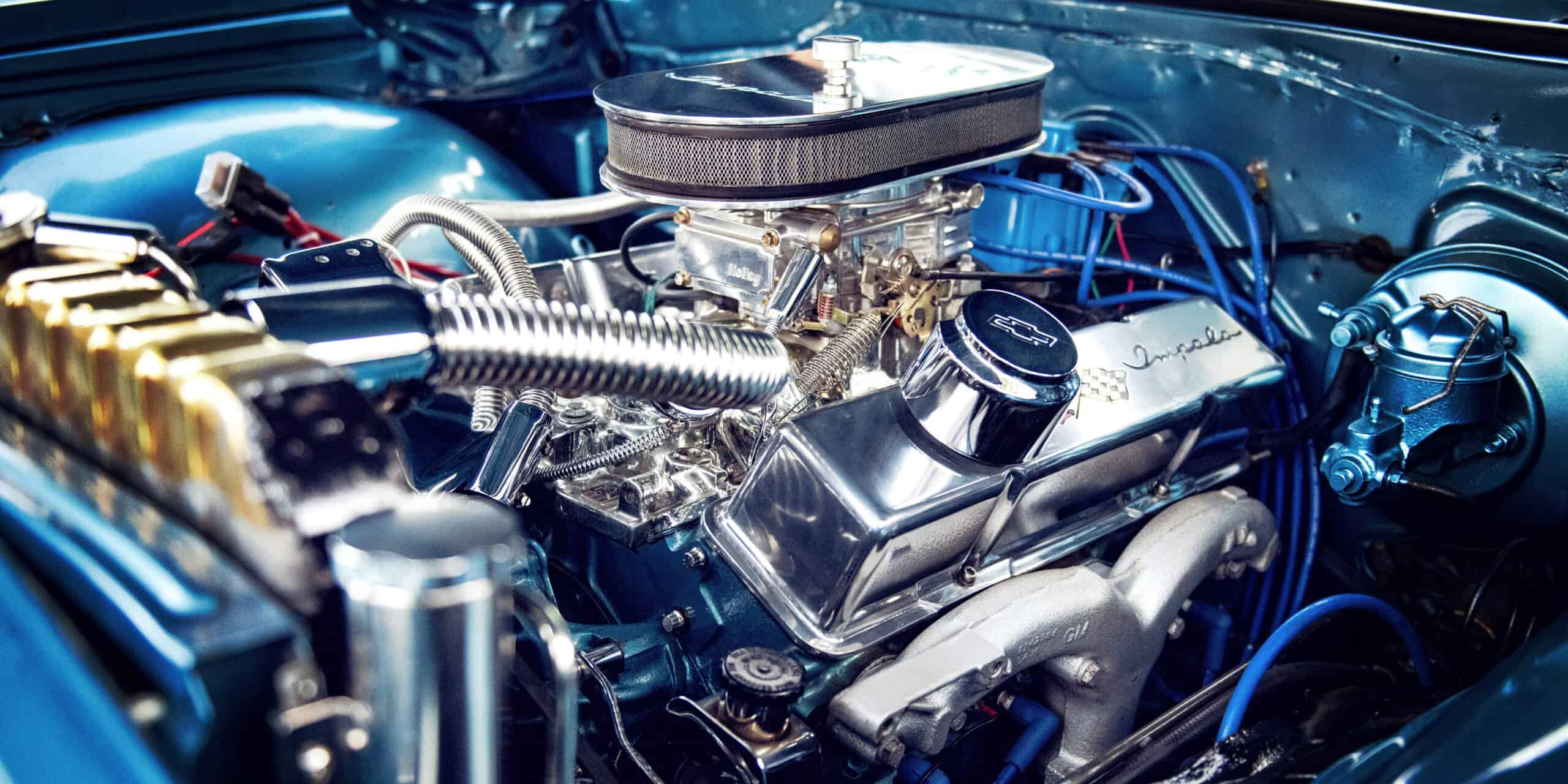
By Jefferson Bryant
As the temperatures begin to plummet, we don our hoodies and long pants, drink pumpkin-spice everything, turn off the AC and fire up the heater. All is well when you are toasty, warm and dry. Your car’s cooling system, however, doesn’t get any of these things, unless someone has developed pumpkin spice antifreeze. That doesn’t mean that your cooling system doesn’t need some tending to when the mercury drops below 32 degrees F, in fact, there are few things that you need to check on your ride before the first freeze. Whether or not you store a car for the winter, all water-cooled vehicles require a little winterizing.
Check The Antifreeze Level
While the main job of coolant is keeping your engine cool, it also must resist freezing. When water freezes, it expands 9% in size. This is why your glass doesn’t overflow when the ice melts, the ice shrinks as it melts. Your engine and tubing, however, can’t accommodate for that expansion, and bad things happen when coolant freezes inside the block. Freeze plugs are there to pop should the coolant freeze, but they usually don’t do enough, and you end up with a cracked block or head. That’s not just a quick fix, it is a new engine. Antifreeze lowers the freeze point for water based on the concentration of ethylene glycol to water. You can test this with a refractometer, which measures the ratio of water to alcohol. These are available as digital or the old-school (and trusted) “float” type. The float style uses a squeeze bulb to draw a little coolant into the chamber and tiny balls, discs or a level arm float indicating the level of temperature you are protected to. This test takes seconds to complete and lets you know if you need to add antifreeze to your cooling system.
If your coolant doesn’t register as having enough protection for the coldest weather your area normally gets plus about 30 degrees colder. This should give you good protection against harsh cold snaps that are not anticipated while providing ample protection for the normal weather. A 50/50 mix of antifreeze to water typically yields protection down to -35-degrees F. To get your ratio up, you may need to drain some coolant from the system. To maximize the increase, you should use pure antifreeze instead of 50/50, as you will use less pure antifreeze to get the same effect. Remember to catch the drain off and dispose of it properly. You need to run the engine to operating temp to circulate the coolant thoroughly, including the heater, before testing again.
While you are at it, you might use a coolant test strip to check the quality of your coolant. Coolant should be changed every 3-5 years, so if you have not done it in a while (or ever), now is as good of a time as ever to check and refresh your coolant. You should check the coolant level, inspect the hoses for cracks, bugles, or other signs of potential failure. Roadside breakdowns are no fun, but it is even worse when it is freezing cold outside.
Thermostat and Heater
Start the engine and let it come up to operating temperature. If you drive it around the block for 10-15 minutes, it will come up to temp faster than just idling in the driveway. Once it has reached the operating temp, you can check the flow with an infrared thermometer. Check the upper radiator hose, this is the outlet of the cooling system into the engine. Once you are above 180 degrees, the hose should get hot and match the temp of the engine. Point the thermometer at the front side of the cylinder head and then the hose, the two should closely match. If the upper hose is not getting warm, then your thermostat could be stuck closed. If the engine never comes up to temp, the thermostat could be stuck open, delaying the engine warm-up process.
Once warm, fire up the heater at full blast, full heat. The air coming from the vents should be nice and hot. If it isn’t, you may have restrictions in the hoses or heater core, or your heater control valve could be stuck closed.
Winterizing your car’s cooling system is a critical move that it too often skipped, and the results can be devastating. If you store a car over the winter, you need to do the same things shown above, along with a few other vehicle winterizing tasks, such as connecting a battery tender to keep your battery up in the cold winter months, stabilizing the fuel in the tank, and placing the vehicle on jackstands to protect the tires from getting flat spots or sidewall cracks should they leak air over the next few months.
